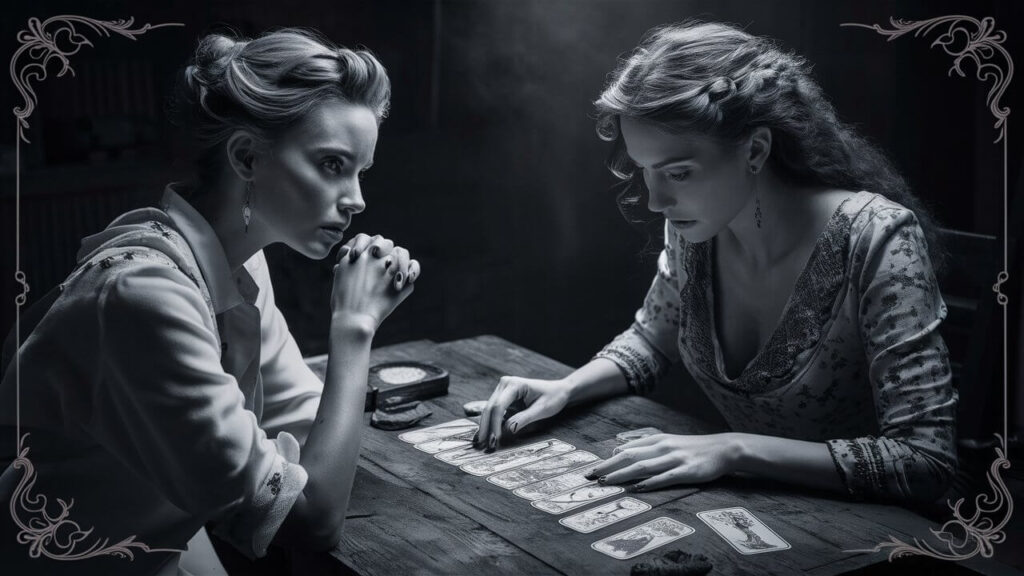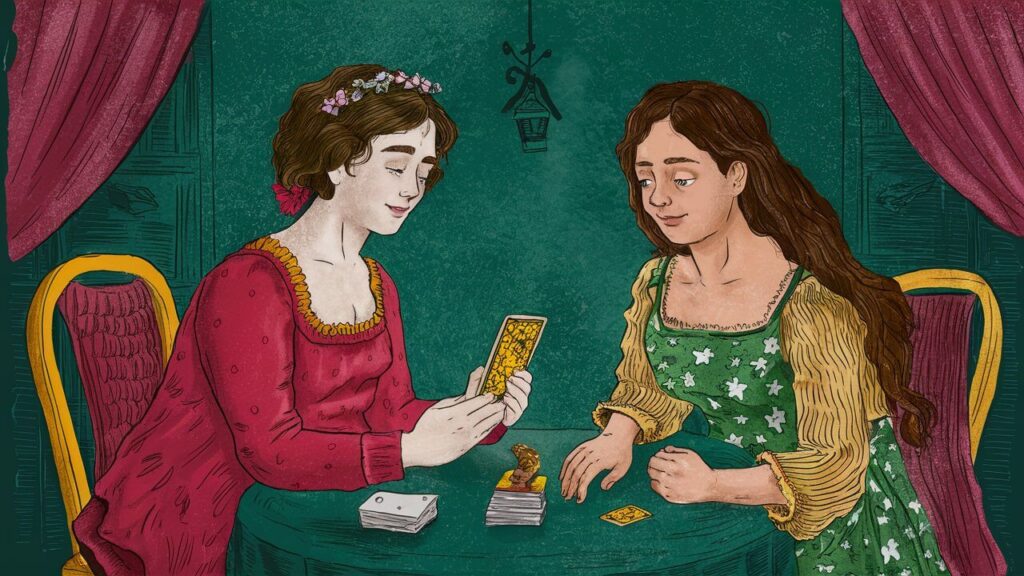Are you seeking quick and definitive answers to life’s questions? Yes or no tarot might be the perfect tool for you. This simplified form of tarot reading offers clear and straightforward guidance, cutting through the complexities of traditional spreads.
By understanding the nuances of different yes or no tarot spreads and honing your interpretation skills, you can unlock a wealth of insights and make informed decisions. Let’s dive into the world of yes or no tarot and explore the techniques that will empower you to get the most accurate readings.
Whether you’re a seasoned tarot reader or a curious beginner, this guide will provide you with the knowledge and confidence to master the art of yes or no tarot.
Let’s start by exploring different yes or no tarot spread layouts.
Unlocking Clarity: Different Yes or No Tarot Spread Layouts
Choosing the right tarot spread is crucial for getting accurate and insightful answers to your questions. While yes or no tarot is known for its simplicity, there are various spread layouts to suit different needs and preferences. Let’s explore some popular options.
The One-Card Wonder
The simplest and most direct approach, the one-card spread involves drawing a single card to answer your question. Focus on the card’s overall energy and symbolism to determine if it leans towards a “yes” or “no” response.
- Pros: Quick and easy, perfect for simple questions.
- Cons: Offers limited insight into the situation.
The Three-Card Spread: Past, Present, Future
For a deeper understanding, try the three-card spread. This layout provides context by examining the past, present, and future in relation to your question.
- Card 1: Represents the past influences on the situation.
- Card 2: Reflects the current energy surrounding the question.
- Card 3: Offers a glimpse into potential future outcomes.
Analyzing these cards together can give you a clearer picture of the situation and a more confident “yes” or “no” answer.
The Seven-Card Celtic Cross: Comprehensive Insights
While traditionally used for in-depth readings, the Celtic Cross can be adapted for yes or no questions. Focus on specific positions related to your query, such as the outcome (position 10) for a direct answer.
- Pros: Provides a comprehensive overview of the situation.
- Cons: Can be complex for beginners and might not be necessary for simple questions.

Upright or Reversed: Deciphering the Tarot’s Message
Understanding the difference between upright and reversed cards is crucial for accurate tarot readings. While there’s no strict rule about whether upright means “yes” and reversed means “no,” these positions offer valuable insights into the energy of the card.
Upright Cards: The Clear Path
- Positive energy: Upright cards generally represent positive energy, progress, and movement towards your goal.
- Direct answers: In yes or no readings, upright cards often lean towards a “yes” response, indicating a clear path forward.
- Strength and potential: These cards highlight your strengths and potential for success.
Reversed Cards: Challenges and Opportunities
- Challenges and obstacles: Reversed cards often signify challenges, blocks, or delays.
- Internal reflection: They can also indicate a need for introspection or a different approach.
- Potential “no” answer: In yes or no readings, reversed cards might lean towards a “no” response, but it’s important to consider the card’s specific meaning.
The meaning of upright and reversed cards is influenced by the surrounding cards in the spread and your intuitive understanding of the situation. It’s essential to consider the card’s overall energy and symbolism rather than relying solely on its position.
Trust Your Gut: Combining Intuition with Card Meanings
While understanding card meanings is essential for accurate tarot readings, your intuition is the true secret weapon. By combining knowledge with your inner voice, you’ll unlock deeper insights and gain a more profound understanding of the cards’ message.
Intuition as Your Guide
- Listen to your gut: Pay attention to your emotional response to the cards. Does a particular card evoke a strong feeling? This could be a valuable clue.
- Trust your instincts: Don’t be afraid to go against traditional interpretations if your intuition tells you otherwise.
- Practice mindfulness: Meditation and mindfulness can help sharpen your intuition and connect you with your inner wisdom.
Combining Knowledge and Intuition
- Card meanings as a foundation: Use traditional card meanings as a starting point for your interpretation.
- Personal associations: Consider your personal experiences and associations with the cards.
- Intuition as the final layer: Allow your intuition to refine the meaning and provide a deeper understanding.
Remember, tarot is a personal journey. The more you practice and trust your intuition, the better you’ll become at interpreting the cards.

Mastering the Art of Yes or No Tarot: Your Path to Clarity
By combining the knowledge of tarot card meanings, the understanding of upright and reversed cards, and the power of your intuition, you’ve taken significant steps towards mastering the art of yes or no tarot. Remember, the key to accurate readings lies in practice and experimentation.
- Trust your intuition: Your inner voice is a valuable guide in interpreting the cards.
- Practice regularly: Consistent practice will enhance your ability to read and understand the tarot.
- Experiment with different spreads: Explore various layouts to find what works best for you.
- Keep a tarot journal: Document your readings to track your progress and identify patterns.
By following these tips and cultivating a deep connection with the tarot, you’ll unlock a powerful tool for gaining clarity, making informed decisions, and discovering your true path.
Frequently Asked Questions About Yes or No Tarot
What is the best tarot spread for a yes or no question?
The one-card spread is the classic choice for quick yes or no answers. However, for more complex questions, a three-card spread offering insights into the past, present, and future can be beneficial. Ultimately, the best spread depends on your personal preference and the depth of information you seek.
Can I use a regular tarot deck for yes or no readings?
Absolutely! Any tarot deck can be used for yes or no readings. The key is to focus on the overall energy of the cards rather than specific card meanings.
How do I know if a reversed card means “no”?
There’s no strict rule about reversed cards meaning “no.” While they often indicate challenges or delays, they can also represent opportunities for growth. Consider the card’s overall meaning and your intuition to determine its significance in the context of your question.
Can I combine tarot with other divination methods?
Yes, you can combine tarot with other divination methods like pendulum dowsing or numerology to gain additional insights. However, it’s essential to trust your intuition and choose methods that resonate with you.
How often can I do a yes or no tarot reading?
There are no strict rules about how often you can do a yes or no tarot reading. Listen to your intuition and avoid overreliance on tarot for decision-making.

